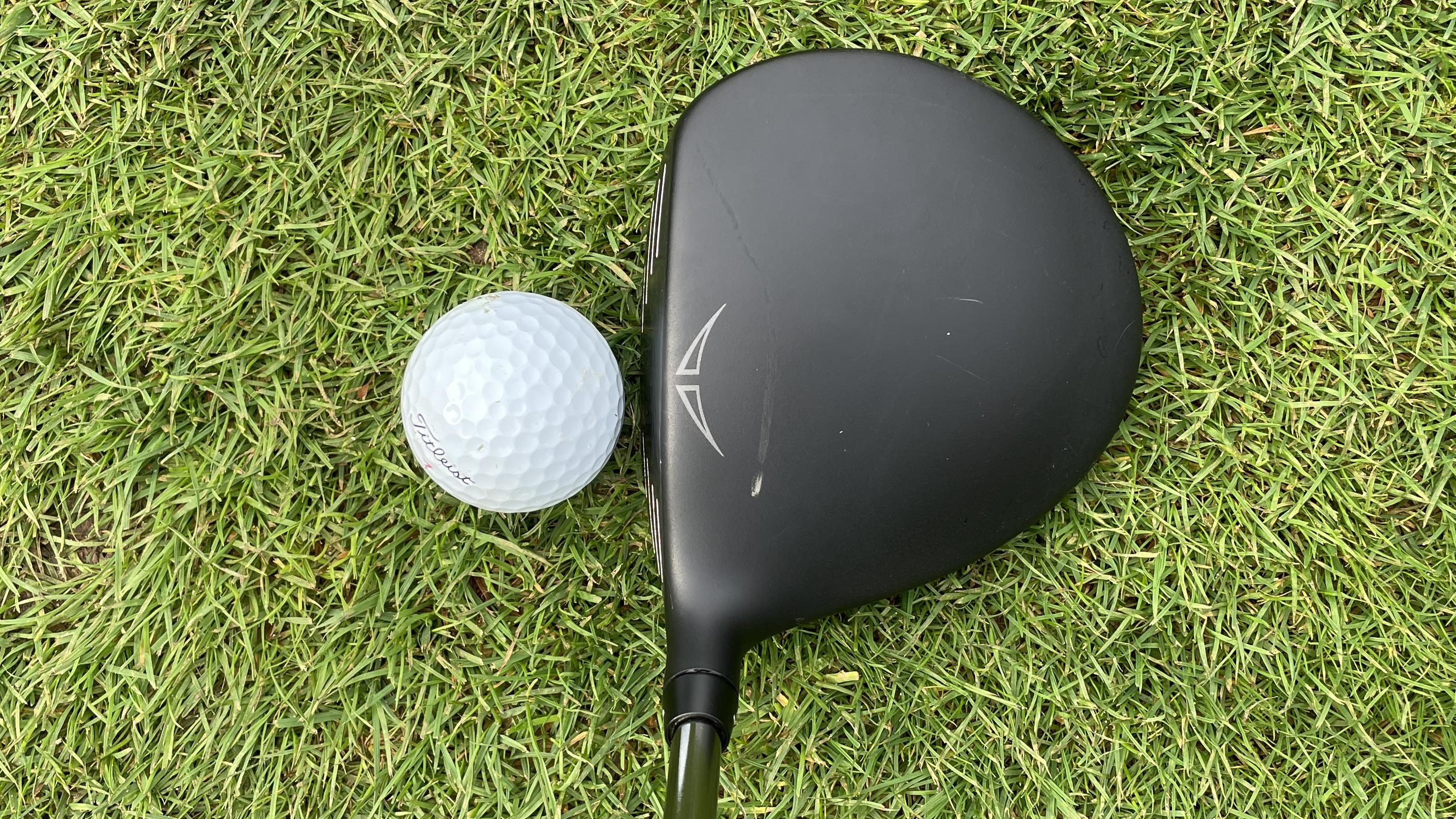6 Embarrassing Mistakes That Risk Damaging Your Driver
If you've spent $500 or more on a new driver, you're going to want to look after it, so don't make these crucial mistakes


The driver is one of the single most expensive hardware purchases a golfer can make after a set of irons, so it pays to look after it! With the price of new drivers inching up and up alongside a deepening cost of living crisis, you don’t want to be accidentally damaging this important club and having to fork out for another of the best golf drivers.
So here, we’re going to take a look at six different (and often embarrassing and avoidable) ways that you can damage your driver and, importantly, how to avoid doing it.
WATCH: We demonstrate the six mistakes golfers make that could damage your driver
1. Teeing the ball too high
One of the biggest mistakes golfers make that damages the driver is teeing it up too high. It’s important to find the right balance with your tee height. We still want the ball a decent way off the ground to help us sweep up on the ball to optimise launch and spin, but we don’t want it so high that it will leave sky marks on the crown of the driver. If you have a steeper angle of attack into the ball with the driver and choose to tee the ball up very high, you’re even more in danger of damaging the top of the club beyond repair.
As a good rule of thumb, keep half of the ball maximum above the crown when teeing up. This should give you the ideal balance between performance and damage mitigation. If your swing is more choppy than most, maybe think about lowering it a bit more to help protect the top of the driver.
2. Alignment stick scratches
Subscribe to the Golf Monthly newsletter to stay up to date with all the latest tour news, equipment news, reviews, head-to-heads and buyer’s guides from our team of experienced experts.
This is one not many will consider, but one that can cause fatal damage to the crown of a driver. If you tend to carry your alignment sticks around with you while you play, be careful they don’t slide up the inside of the driver headcover as you put it back in your bag. The rough end of the alignment stick will likely create an irreparable scrape along the top of the crown, one that will be even more visible if your driver has a matte finish.
To avoid this you can either make sure the pointy side of the alignment stick is always pointing down rather than up, or invest in an alignment stick cover to make sure no damage can be done.

A club scratched by an alignment stick in the bag
3. Range bay awareness
Another common one is damaging your driver when in a small driving range bay or practice net. Always check the bay you’re using has been set up optimally for your dexterity, height and type of swing. Make sure to double check the driver has plenty of space to move on your backswing and on your follow through too to avoid any fatal damage with the head clattering into the metal stanchions and causing irreparable dents.
4. Not using headcovers
Now, I know that most golfers use headcovers across all their metalwoods, but this is a friendly reminder to those that don’t to start using one ASAP. Whether you lost your original one or you bought the driver secondhand, it’s time to get a headcover on your driver.
Headcovers protect mostly against contact with other clubs, namely heavier irons, bashing into the head while you’re walking or while you’re putting the bag down on the ground.
If you regularly play in a golf cart or buggy, we’d also recommend keeping the headcover on while you’re playing. While it's definitely the easier option to take them all off at the start of the round and leave them off for easier access, your driver could be in danger of damage as it rattles around in the bag when the cart is moving. Any kind of contact with the irons and wedges in your bag could leave a carbon headed driver with an upsetting scratch or a dent.
5. Incorrect adjustability
Most modern drivers now come with elements of adjustability in the hosel and with interchangeable weights in the head. While a great way of being able to dial in a certain type of ball flight, it does open the risk to mistakes in reattaching the head or weights. Whenever you’re using your torque wrench to reattach a head or weight, make sure you hear two clicks as you tighten - this will confirm that the head is solidly in place. If you don’t check this, you run the risk of the head flying off and getting damaged or a weight falling out and getting lost. Which would be a sad day indeed.
6. Poor Anger management
The final thing you can do to avoid damaging your driver is control your anger on the tee. I know this is easier said than done, but even the weakest thump on the ground or throw could damage your driver (or a playing partner!). While a slam onto the grassy tee box might not seem a threat to damage initially, all it takes is a hidden stone or a stray tee box marker to catch the head and damage it beyond repair. I can’t tell you how to control your anger after a bad shot, but just warn you that throwing or slamming your driver is a one-way ticket to broken town.

Dan has been with the Golf Monthly team since 2021. He graduated with a Master's degree in International Journalism from the University of Sussex and looks after equipment reviews and buying guides, specializing in golf shoes, golf bags, golf trolleys, and apparel reviews. Dan is also a co-host of Kick Point: The Golf Gear Show. A left-handed golfer, his handicap index is currently 7.1, and he plays at Fulford Heath Golf Club in the West Midlands.
Dan's current What's In The Bag:
Driver: Cobra DS-Adapt X
Mini driver: TaylorMade R7 Quad Mini
Fairway: Ping G440 Max 21°
Irons: Titleist T250 (5), Titleist T100 (6-PW)
Wedges: Ping Glide Forged Pro (50, 56, 60)
Putter: TaylorMade Spider Tour X
Ball: Titleist Pro V1x
Grip: Golf Pride Tour Velvet
Bag: Vessel Sunday III